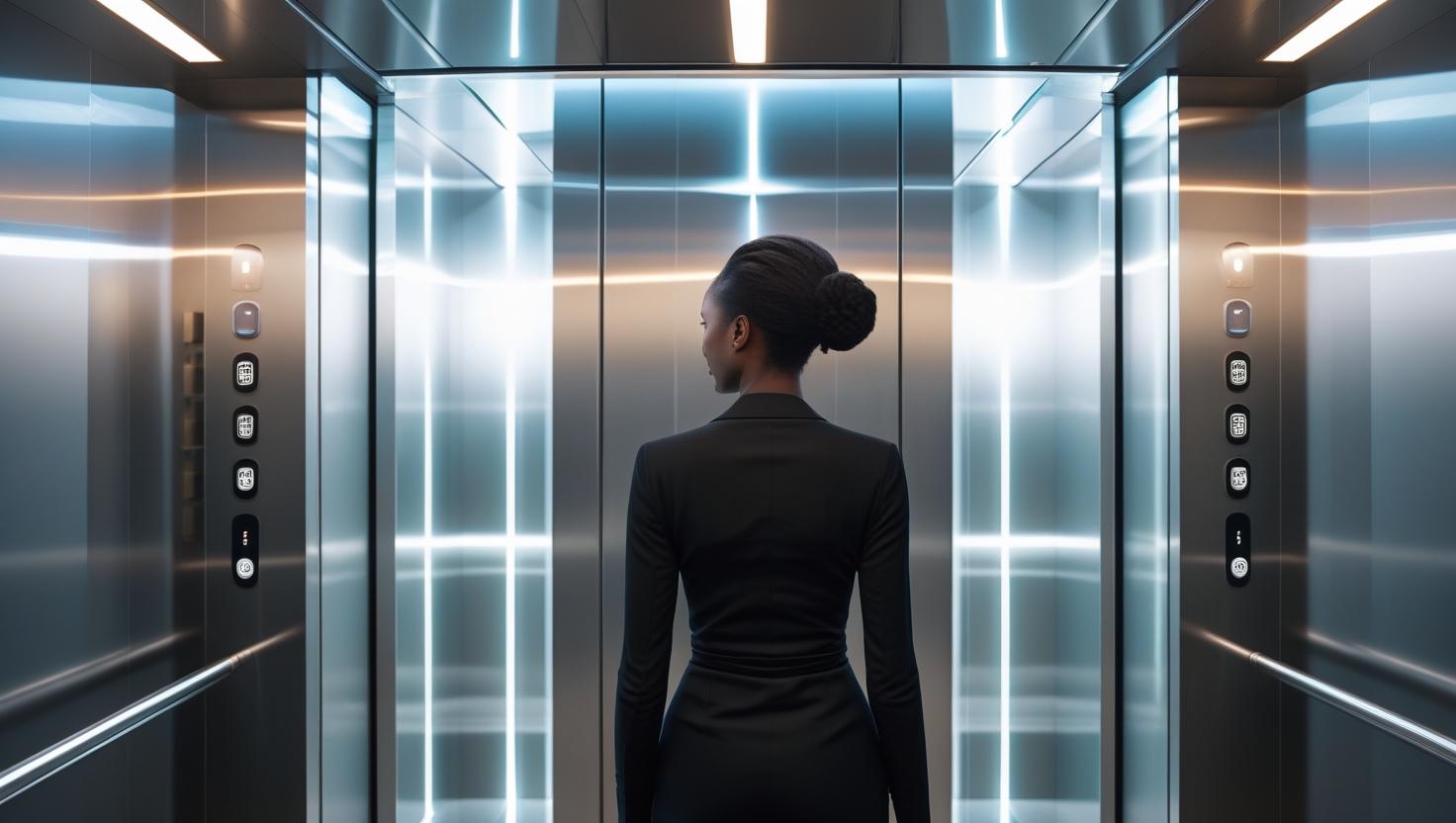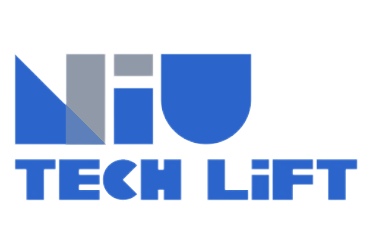
Why Do Elevators Have Mirrors? More Than Meets the Eye
Have you ever found yourself staring into the mirror while waiting for the elevator doors to open? Maybe you adjusted your collar, checked your hairstyle, or simply passed the time. While it may seem like just a decorative touch, the mirror inside an elevator actually serves multiple important functions—ranging from psychology to safety, accessibility, and design.
1. Expanding the Sense of Space
Elevators are, by design, compact and enclosed spaces. For many passengers, this can feel restrictive or even trigger mild claustrophobia. Mirrors help solve this problem. By reflecting light and creating an illusion of depth, they make the cabin feel larger and more open. This small design trick can significantly improve comfort, especially in older or smaller residential elevators.
2. Enhancing Safety and Awareness
Mirrors also play a subtle but powerful role in personal security. In a confined space like an elevator, passengers may feel uneasy about not being able to see behind them. A mirror provides a wider field of view, allowing people to discreetly observe their surroundings. This can be especially reassuring for women, children, and the elderly.
In addition, mirrors complement the elevator’s security camera system. Reflections help cameras capture more angles, reducing blind spots and improving monitoring coverage.
3. Accessibility for Wheelchair Users
For wheelchair users, mirrors are not just decorative—they are essential. Since wheelchairs often cannot easily turn inside small cabins, users may need to back out of the elevator. The mirror on the back wall functions like a “second pair of eyes,” letting them see if the doorway is clear, whether the doors are opening, or if other passengers are waiting.
Parents pushing strollers also benefit in the same way, making mirrors a thoughtful example of inclusive design.
4. Psychological Comfort and Social Ease
Beyond practical reasons, mirrors can also reduce feelings of isolation. For a lone passenger, the reflection creates a subtle sense of companionship—someone else is “there” in the space. This can ease anxiety and make short elevator rides feel less uncomfortable.
From a social psychology perspective, mirrors encourage “self-checking” behavior. People often glance at themselves to adjust clothing or posture. In awkward moments of silence, mirrors provide a small but useful distraction.
When Elevators Don’t Have Mirrors
Not all elevators are equipped with mirrors. In freight elevators, warehouse lifts, or parking garage elevators, mirrors are often excluded. This is due to cost, practicality, and durability—mirrors can be easily damaged in heavy-duty settings. Still, in passenger elevators, mirrors remain a hallmark of human-centered design.
Conclusion
Though often overlooked, mirrors inside elevators are far more than decorative panels. They enlarge space, enhance safety, assist people with mobility challenges, and even provide subtle psychological comfort. At Niutech Lift, we pay close attention to such details because we believe elevators are more than machines—they are everyday companions in urban life. By integrating thoughtful design elements, we ensure that every ride is not only efficient but also safe, inclusive, and comfortable.
Summary
Elevator mirrors are not just for checking your reflection—they improve safety, accessibility, comfort, and design. At Niutech Lift, we turn these small details into meaningful experiences for every passenger.
